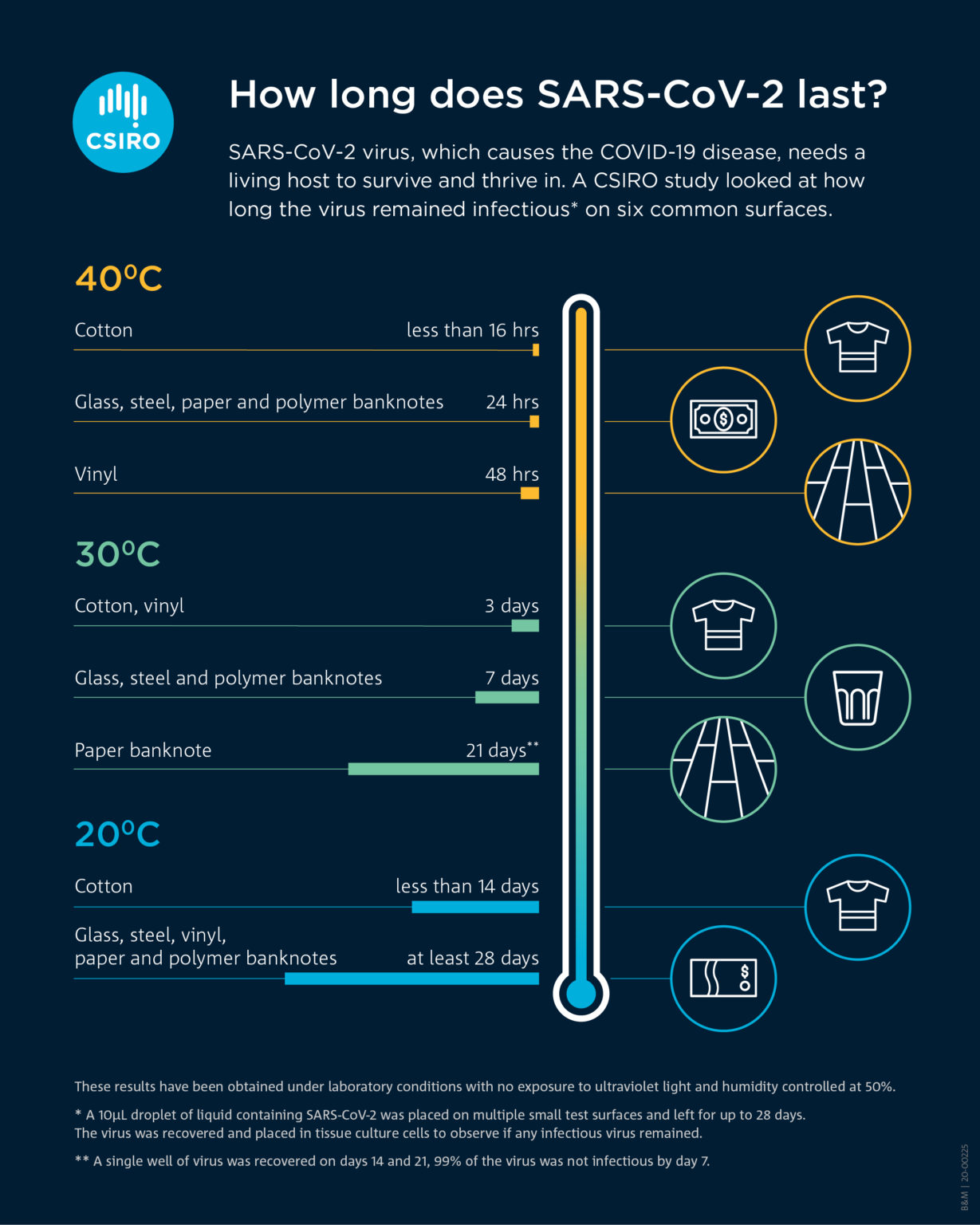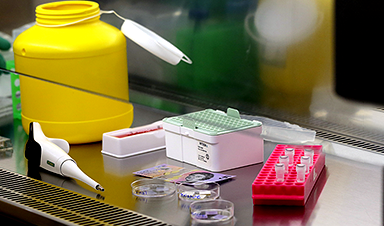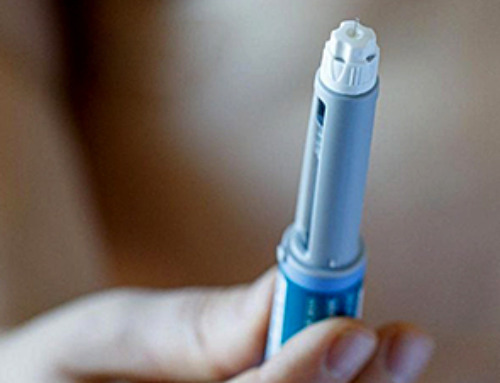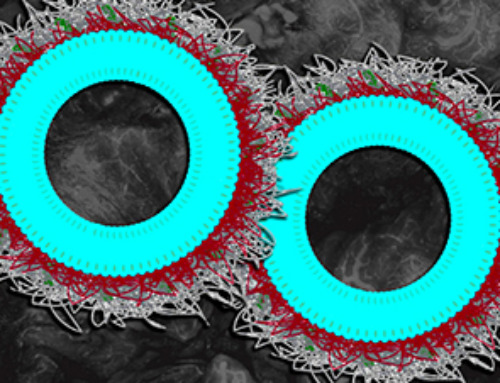From the moment you turn off your morning alarm, to the time you hit the pillow, your life is full of surfaces. Swiping through your phone, opening doors, putting in your PIN – there are many you don’t think twice about touching.
But SARS-CoV-2, the virus that causes COVID-19, will likely change the way we all think about, and interact with, surfaces forever. Our peer-reviewed study published in Virology Journal reveals new information about the virus and how it behaves on surfaces.
Understanding SARS-CoV-2 on surfaces
From analysing sewage to testing face masks, our research has been contributing to the global battle against COVID-19.
At this stage of the pandemic, researchers do not fully understand the role contaminated surfaces play in the transmission of SARS-CoV-2. To improve our understanding of how this new virus behaves, our researchers studied the survival rates of infectious SARS-CoV-2, dried in an artificial mucous solution, on six common surfaces.
We conducted the experiment at three different temperatures, 200C, 300C and 400C, with the relative humidity kept at 50 per cent. The surfaces used in the study were stainless steel, glass, vinyl, paper and polymer banknotes, and cotton cloth. These are examples of high contact surface areas such as glass on touchscreens and stainless steel doorknobs.
A droplet of fluid containing the virus at concentrations similar to levels observed in infected patients was dried on multiple small test surfaces and left for up to 28 days. At various time periods, the virus was recovered and placed in tissue culture cells to observe if any infectious virus remained.
Impact of temperature on virus
At 20°C, the virus was extremely robust. We were able to recover infectious material after 28 days from the smooth (non-porous) surfaces. These are stainless steel, glass, vinyl and paper and polymer banknotes.
The length of time infectious virus was able to survive on the porous material (cotton cloth) was much shorter. On cloth, we were unable to detect any viable virus past 14 days.
At 30°C infectious virus did not survive beyond seven days on stainless steel, money (polymer banknotes) and glass. However, on vinyl and cotton cloth, infectious material was not detectable beyond three days.
At 40°C virus was inactivated much faster. Infectious SARS-CoV-2 was detectable for less than 16 hours for cotton cloth. While on glass, paper and polymer notes, and stainless steel it was detectable for up to 24 hours, and 48 hours for vinyl.

Infographic explaining COVID-19 on surfaces.
How long SARS-CoV-2 survived on five different surfaces at three temperatures, 20°C, 30°C and 40°C.
How many particles can cause an infection?
It generally takes more than one virus particle to infect a person and make them sick. We call the number of virus particles that can cause infection the “infectious dose”. This dosage differs between different viruses and is usually quite large.
Researchers do not yet know the infectious dose of SARS-CoV-2. But, from our knowledge of related viruses, we estimate it is around 300 particles. If the virus was placed (on smooth surfaces) at standard mucus concentrations of an infected person, enough virus would easily survive for two weeks to be able to infect another person.
Further research on this topic is necessary. However, our findings indicate the 28-day sample would not contain enough viable virus to infect a person.
Whether virus particles on a surface can infect someone is dependent on several conditions. Outside of the body, SARS-CoV-2 virus particles gradually become inactive over time. The time it takes for viruses to naturally inactivate depends on many factors. The makeup of the virus itself, the type of surface it is on and whether the virus is liquid or dried can impact the time it remains viable. Environmental conditions such as temperature, exposure to sunlight and humidity also play a part.
Image Credit: Australian Centre for Disease Preparedness (ACDP)
Post by Amanda Scott, NA CEO. Follow her on twitter @tantriclens
Thanks to Heinz V. Hoenen. Follow him on twitter: @HeinzVHoenen
News
GLP-1 Drugs Like Ozempic Work, but New Research Reveals a Major Catch
Three new Cochrane reviews find evidence that GLP-1 drugs lead to clinically meaningful weight loss, though industry-funded studies raise concerns. Three new reviews from Cochrane have found that GLP-1 medications can lead to significant [...]
How a Palm-Sized Laser Could Change Medicine and Manufacturing
Researchers have developed an innovative and versatile system designed for a new generation of short-pulse lasers. Lasers that produce extremely short bursts of light are known for their remarkable precision, making them indispensable tools [...]
New nanoparticles stimulate the immune system to attack ovarian tumors
Cancer immunotherapy, which uses drugs that stimulate the body’s immune cells to attack tumors, is a promising approach to treating many types of cancer. However, it doesn’t work well for some tumors, including ovarian [...]
New Drug Kills Cancer 20,000x More Effectively With No Detectable Side Effects
By restructuring a common chemotherapy drug, scientists increased its potency by 20,000 times. In a significant step forward for cancer therapy, researchers at Northwestern University have redesigned the molecular structure of a well-known chemotherapy drug, greatly [...]
Lipid nanoparticles discovered that can deliver mRNA directly into heart muscle cells
Cardiovascular disease continues to be the leading cause of death worldwide. But advances in heart-failure therapeutics have stalled, largely due to the difficulty of delivering treatments at the cellular level. Now, a UC Berkeley-led [...]
The basic mechanisms of visual attention emerged over 500 million years ago, study suggests
The brain does not need its sophisticated cortex to interpret the visual world. A new study published in PLOS Biology demonstrates that a much older structure, the superior colliculus, contains the necessary circuitry to perform the [...]
AI Is Overheating. This New Technology Could Be the Fix
Engineers have developed a passive evaporative cooling membrane that dramatically improves heat removal for electronics and data centers Engineers at the University of California San Diego have created an innovative cooling system designed to greatly enhance [...]
New nanomedicine wipes out leukemia in animal study
In a promising advance for cancer treatment, Northwestern University scientists have re-engineered the molecular structure of a common chemotherapy drug, making it dramatically more soluble and effective and less toxic. In the new study, [...]
Mystery Solved: Scientists Find Cause for Unexplained, Deadly Diseases
A study reveals that a protein called RPA is essential for maintaining chromosome stability by stimulating telomerase. New findings from the University of Wisconsin-Madison suggest that problems with a key protein that helps preserve chromosome stability [...]
Nanotech Blocks Infection and Speed Up Chronic Wound Recovery
A new nanotech-based formulation using quercetin and omega-3 fatty acids shows promise in halting bacterial biofilms and boosting skin cell repair. Scientists have developed a nanotechnology-based treatment to fight bacterial biofilms in wound infections. The [...]
Researchers propose five key questions for effective adoption of AI in clinical practice
While Artificial Intelligence (AI) can be a powerful tool that physicians can use to help diagnose their patients and has great potential to improve accuracy, efficiency and patient safety, it has its drawbacks. It [...]
Advancements and clinical translation of intelligent nanodrugs for breast cancer treatment
A comprehensive review in "Biofunct. Mater." meticulously details the most recent advancements and clinical translation of intelligent nanodrugs for breast cancer treatment. This paper presents an exhaustive overview of subtype-specific nanostrategies, the clinical benefits [...]
It’s Not “All in Your Head”: Scientists Develop Revolutionary Blood Test for Chronic Fatigue Syndrome
A 96% accurate blood test for ME/CFS could transform diagnosis and pave the way for future long COVID detection. Researchers from the University of East Anglia and Oxford Biodynamics have created a highly accurate [...]
How Far Can the Body Go? Scientists Find the Ultimate Limit of Human Endurance
Even the most elite endurance athletes can’t outrun biology. A new study finds that humans hit a metabolic ceiling at about 2.5 times their resting energy burn. When ultra-runners take on races that last [...]
World’s Rivers “Overdosing” on Human Antibiotics, Study Finds
Researchers estimate that approximately 8,500 tons of antibiotics enter river systems each year after passing through the human body and wastewater treatment processes. Rivers spanning millions of kilometers across the globe are contaminated with [...]
Yale Scientists Solve a Century-Old Brain Wave Mystery
Yale scientists traced gamma brain waves to thalamus-cortex interactions. The discovery could reveal how brain rhythms shape perception and disease. For more than a century, scientists have observed rhythmic waves of synchronized neuronal activity [...]





















